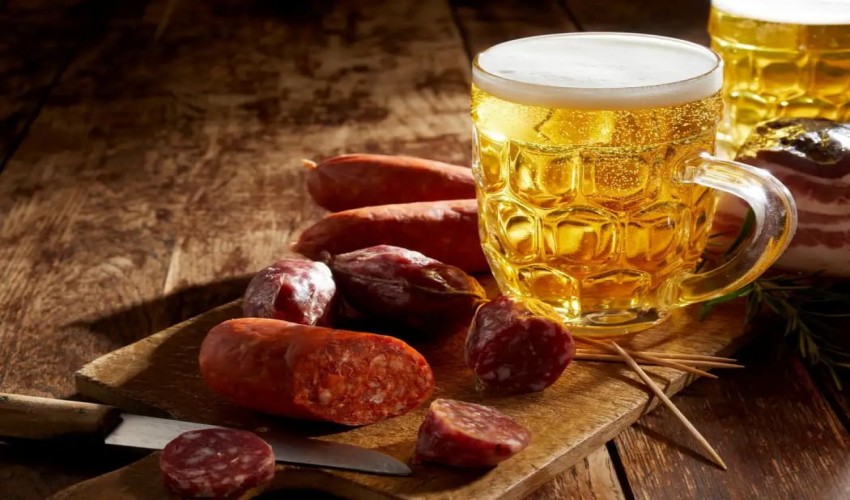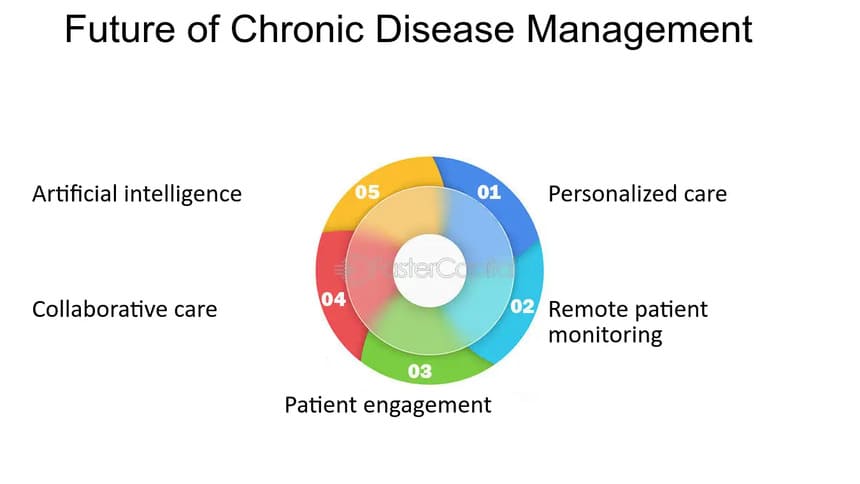Microbiology
87
It was in Ireland that researchers uncovered the progenitor of today's brewing yeast.
- Rating
- brew
- yeast
- sugar
- bread
- beer
- barley
Breweries in the German duchy of Bavaria were banned from using bread-making grains like wheat and rye in 1516. Beer was only allowed to be made using barley, hops, water, and yeast, and the price varied depending on the season. By accident, the rule restricted brewing to the winter, which promoted Saccharomyces pastorianus, a yeast that thrives in colder temperatures and is used to make lager rather than the more prevalent Saccharomyces cerevisiae, used to make ale.
S. pastorianus is a yeast hybrid that originated from the mating of S. cerevisiae and S. eubayanus. Despite the fact that lager was developed in Europe, S. eubayanus wasn't detected until 2011 in the Patagonia area of South America (SN: 8/23/11). Now, owing to an undergraduate study initiative, we know that S. eubayanus is present in European soil, and, appropriately enough, in the country of Ireland, whose citizens love their beer.
A scientist from Stanford University who was not involved in the research adds, "Since the discovery of S. eubayanus [more than] 10 years ago, it has been a wonderful puzzle piecing together where the species is truly present."
S. pastorianus is thought to have evolved from S. eubayanus, which is thought to have originated in Patagonia and then moved over the globe and mated with S. cerevisiae in European breweries.
Project leader and geneticist at University College Dublin, Geraldine Butler, has long suspected that S. eubayanus may be discovered by having students search soils for yeast as part of a course in genome-sequencing methods. She admits that even so, she couldn't help but become too giddy at the first sight of the microorganism. "I was waiting by the sequencer for the results to pop up," she explains.
Stephen Allen, a student of Butler's at University College Dublin, discovered two indigenous strains of S. eubayanus on the Belfield campus. Butler claims that the crew later returned and discovered the yeast again, indicating that there is a consistent population of the yeast in the Irish soil.
FEMS Yeast Research announced the new finding on December 7th.
Butler expects that the finding may spark interest in other European countries, especially in Bavaria, the birthplace of lager brewing, to look for S. eubayanus. She is also on the lookout for business partners to collaborate with on an experiment to brew beer using Irish strains.
Since certain strains of S. eubayanus don't thrive on maltose, the sugar that yeasts require to breakdown during the brewing process, Langdon is sceptical that the new bacteria would result in delicious beers. Langdon, though, thinks "it would be wonderful to brew with them."
It doesn't matter whether the newly found Irish strains of S. pastorianus' missing father taste delicious or not; their finding does assist fill in a little piece of the jigsaw that is the history of lager brewing. More than 90% of all beer marketed throughout the globe now is lager, thanks to a switch from the yeast Saccharomyces cerevisiae to the yeast Saccharomyces pastorianus in the 16th century.
Langdon calls fungi the "lost kingdom" since they aren't as well-studied as plants or animals despite their enormous impact on human civilization. A single yeast cell may perform vital functions in the soil.
CITATIONS
S.A. Bergin et al. Identification of European isolates of the lager yeast parent Saccharomyces eubayanus. FEMS Yeast Research. Published online on December 7, 2022. doi: 10.1093/femsyr/foac053.
Leave a Reply
Your email address will not be published. Required fields are marked *


